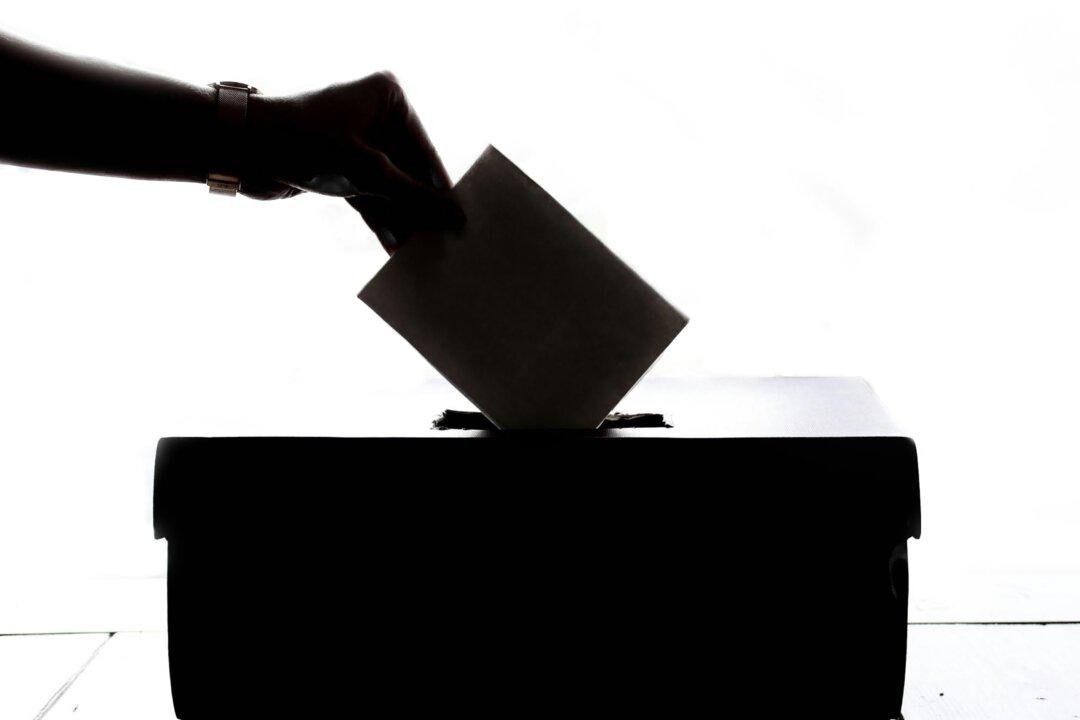Commentary
Determined protests by conservative groups like Turning Point USA against the retailer Target for pushing children’s clothing that seems designed to encourage them to question the sex they were born as has had a demonstrable effect. Sales at Target stores (excluding new ones) dropped 5.4 percent in the last quarter, which includes a 10.5 percent decline in online sales, and the retailer has cut its forecast for annual sales. It was Target’s first drop in sales in six years, and Target’s CEO admits that the boycott was partly responsible.
Overlooked by many is the fact that Target had begun incensing those protective of traditional morality at least as long ago as 2016, when stores began a policy of allowing men free access to women’s changing rooms and bathrooms. A string of incidents of men photographing or filming unclad women ensued, including minors. Target now promises that next year there will be “modifications” in how it celebrates varied sexual lifestyles.
Meanwhile, competitors to the chain like TJ Maxx seem to be profiting from Target’s ideological blunder.
It was Captain Charles Boycott whose name became immortalized in the English language as a term for withholding business or labor. The Irish National Land League, in its drive to bring land ownership to tenant farmers, in 1880 organized Capt. Boycott’s employees on the estate he administered in the harsh farmlands of the west of Ireland to strike, and convinced local shop owners to refuse Capt. Boycott’s patronage.
As with so many future boycotts, the excessive cost of resistance played a large role invictory. In enlisting replacement workers, the British government ended up spending many times the cost of the crops on the estate Capt. Boycott ran.
But Irish nationalist leader Charles Stewart Parnell, in a much-celebrated speech to Land League members that year, described the kind of ostracism necessary to win a boycott: “You must shun him in the streets of the town,” Mr. Parnell told them. “You must shun him in the shop. You must shun him on the fair green and in the market place, and even in the place of worship, by leaving him alone, by putting him in moral Coventry, by isolating him from the rest of the country, as if he were the leper of old.”
There is no shortage of examples of boycotts leaving its targets rendered moral lepers, almost always victories of the left. Sea World in 2016 announced the end of featuring orca whales in its entertainment after People for the Ethical Treatment of Animals (PETA) apparently succeeded in reducing attendance at Sea World parks. The aqua amusement company might have imagined their submission appeasing PETA, but the animal rights extremists have now turned to dolphins and that the only cure for Sea World’s leprosy, in their eyes, is apparently to go out of business.
In the 1990s, Nike was bombarded with relentless allegations of foreign child labor and other factory abuses. Cheap labor left the firm with enough money to forge one of the most powerful and effective brand images in the history of retail, not least from celebrity endorsements like that of Michael Jordan. The firm had to flagellate itself in public and enlist Andrew Young, an icon of the left, former ambassador to the United Nations and later mayor of Atlanta, to head an investigation before critics called off the dogs.
Perhaps most famous, the Montgomery Bus Boycott sparked by Rosa Parks’s defiance of segregated public transport went on for over a year in 1955–56, but it was U.S. Supreme Court’s action that changed the practice and Martin Luther King Jr., who led the efforts, held that “the word boycott is suggestive of merely an economic squeeze devoid of any positive value … our aim has never been to put the bus company out of business but rather to put justice in business.”
Can pro-family forces succeed in future boycotts, as they have so far against Target and Bud Light, the latter’s allying with a transsexual celebrity costing Anheuser-Busch tens of billions of dollars in lost sales? The left’s marketing heavyweights have their strategy locked and loaded: woke companies are being advised that they can withstand future boycotts if they stick to their guns.
Those seeking to preserve traditional family values are at least beginning to learn tenets that the left has long understood, like Chicago community organizer and activism theorist Saul Alinsky’s admonition to “pick the target, freeze it, personalize it, and polarize it.” (And Vladimir Lenin’s advice that you “probe with bayonets. If you find mush, you proceed. If you find steel, you withdraw.”)
But success in getting people to join in on boycotts requires that they know what is at stake—the abuse of animals in the Sea World case, the exploitation of children in factories in Nike’s, dehumanization based on skin color in Montgomery’s. In raising awareness of the ill effects of the transgender agenda and its corporate partners, social conservatives face disadvantages those other boycotters never had to contend with: a hostile media and businesses’ strong inclination to be on the progressives’ side.





